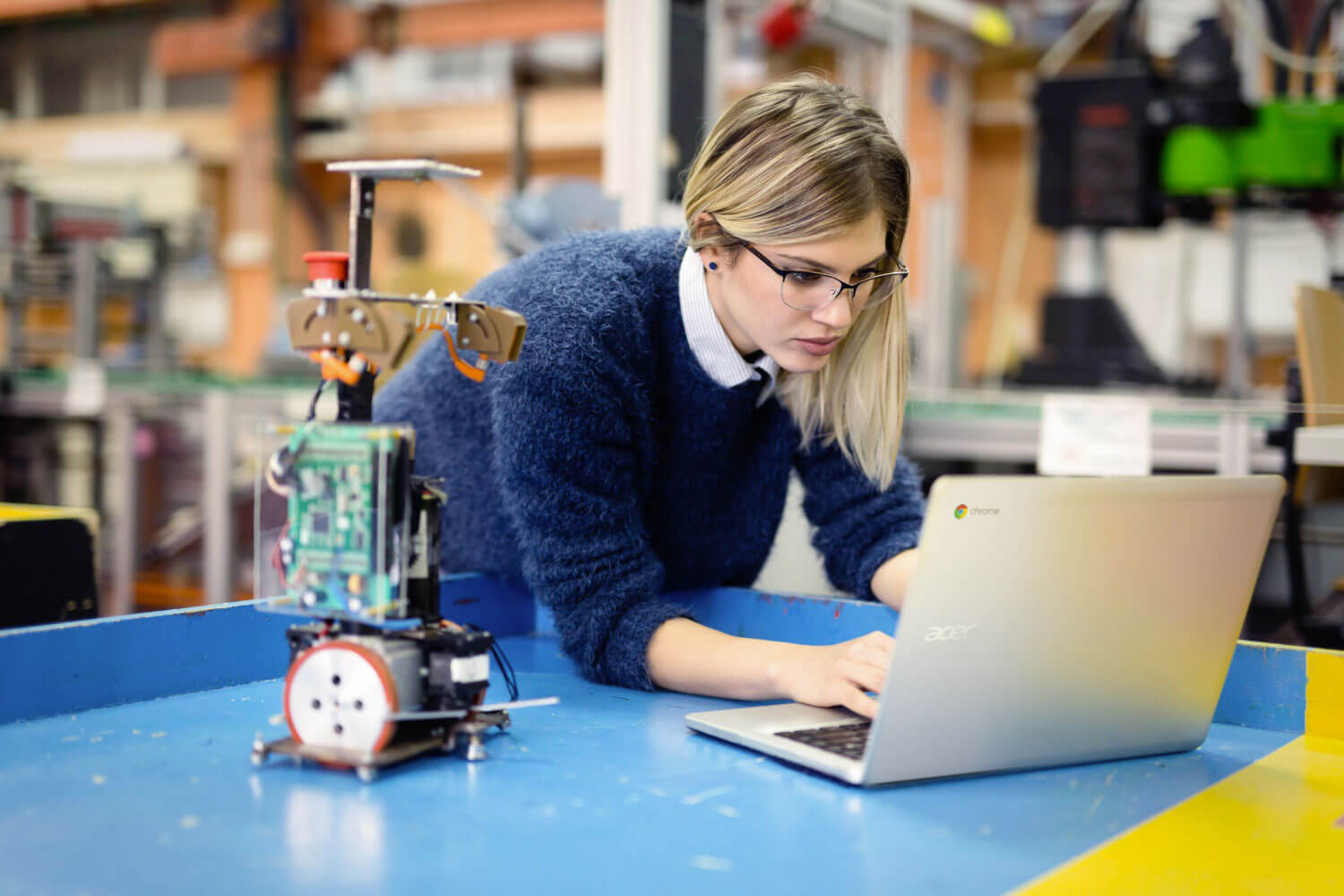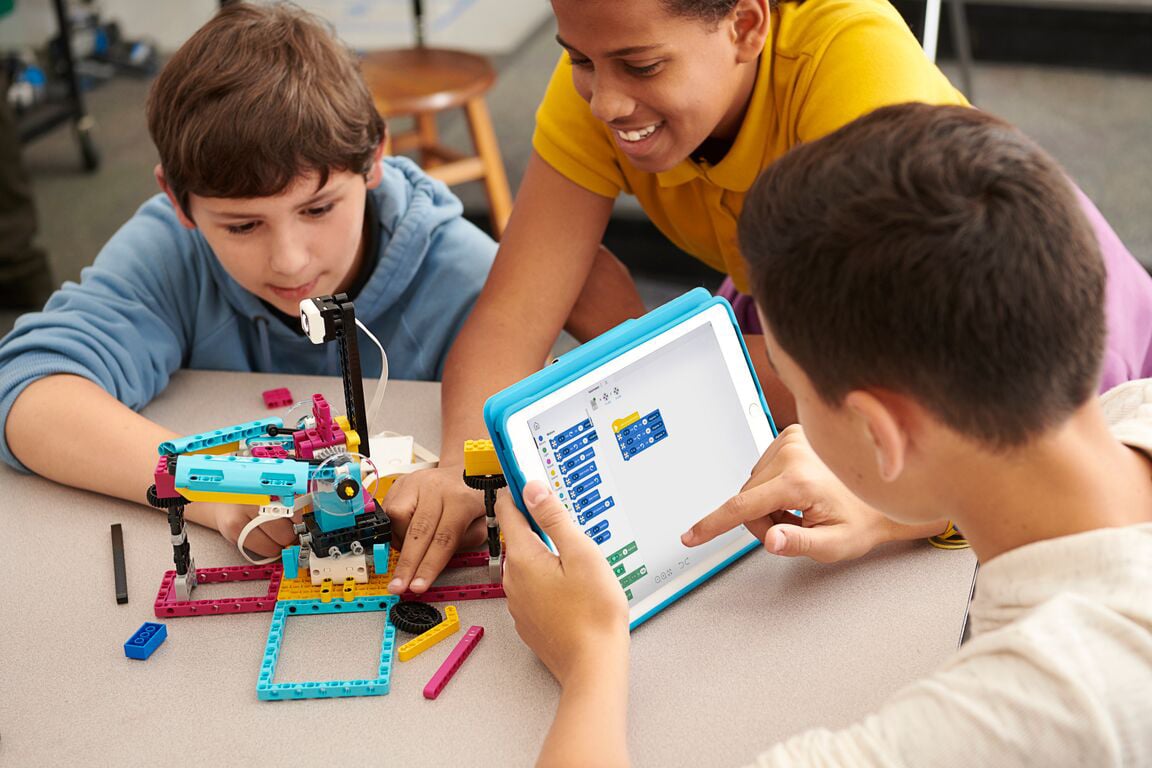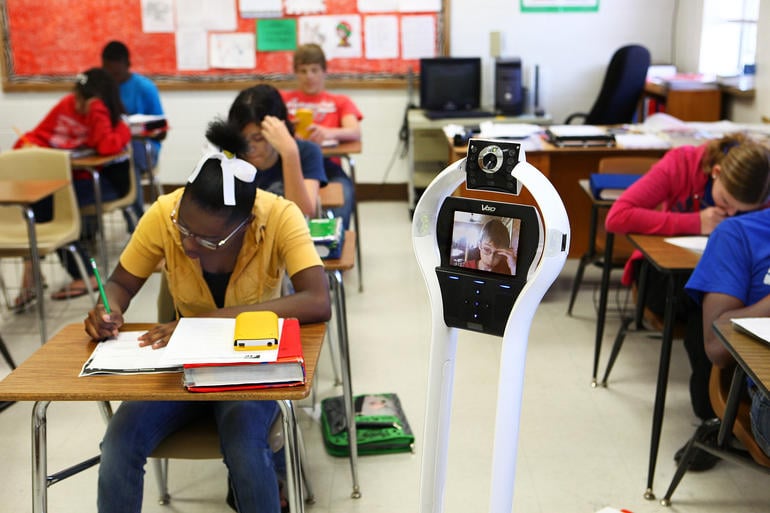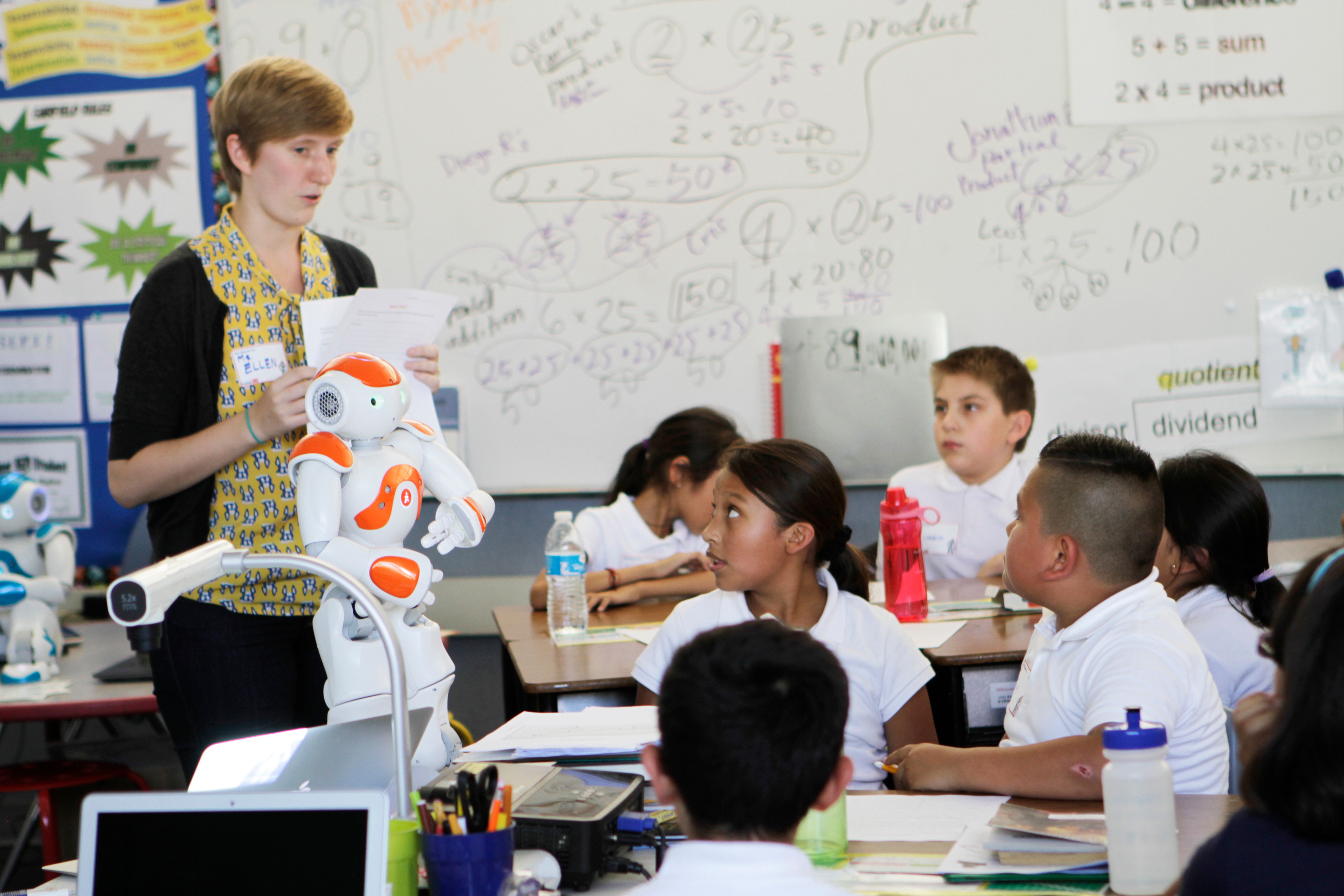In a world where the importance of technology is growing by the minute, it comes as no surprise that educators understand the importance of focusing on STEM subjects: science, technology, engineering and mathematics. Programming is already gaining popularity, but there is another area of knowledge that involves all four letters of the acronym and deserves more attention in a school system that truly means to keep up with the times: robotics.

A new kind of literacy
With the recent advances in robotics and AI, the workforce is undergoing an unprecedented shift: millions of jobs will be performed by robots instead of humans in the near future and millions of new ones will be created, giving people who understand robots a significant advantage on the job market. The robotics revolution is comparable to the advent of computers: a few decades ago, computers were specialized tools only a few people could use, while today, basic computer literacy is essential for functioning in our lives.
It is reasonable to predict that the next step in the progression will be the emergence of a robotics literacy that everyone should possess in order to contribute to a society in which the role of robots is growing steadily larger.
Programming made fun
Robotics and programming go hand in hand: the essential trait for a device to be defined as a robot is to be programmable to follow instructions, so it is possible to design a programming curriculum without robotics, but it is not possible to conceive a robotics class without programming. The advantage of having a robotics program in school, however, is that compared to a programming class, a course on robotics enhances multiple skills at once.
1. Fine motor skills: if the students are involved not just in programming, but also in physically building their robots, then robotics is a subject that keeps up with the latest technology trends while keeping them away from screens and encouraging them to use their hands and learn by doing.
2. Teamwork: the many phases of building, programming and testing a robot are usually performed by a team, which teaches students to work together for a common goal.
3. Thinking outside the box: creating a robot from scratch sharpens the students’ creativity and problem-solving abilities by giving them a task to perform and showing them that there are several valid ways to do it. Students are in complete control of the process, which keeps them engaged and attentive and makes the project rewarding and fun.
4. Perseverance: a robot built by a team of students likely will not work correctly on their first try. Assembling and programming a robot is a trial and error process that teaches the patience and humility to retrace your steps and correct your own mistakes, and a healthy dose of stubbornness that drives you to try harder next time.

Going to school from home
A robotics class is not the only way school and robots can interact fruitfully: a robot controlled by a student can be an effective strategy to attend school from a distance. This is called telepresence and can be a blessing for students who cannot be present in class because leaving their house or hospital room would be physically impossible or highly dangerous for their health, as is the case with people suffering from immune system disorders that make them unable to interact with common, non-sterilized environments.
A telepresence robot is a computer-controlled device that can move at the user’s command and represent them by showing their face on an embedded screen and showing them the environment in turn, allowing a certain degree of interaction such as navigating the building and having conversations. The principle is similar to a video conference, but with the added bonus that a robot is not bound to a single room and can effectively substitute for the user’s presence and give them an experience that is as close as possible to real attendance, both in academics and in social interaction with their peers, who no longer have to feel like their friend is gone once they get used to talking to a screen on wheels instead of a person—a piece of science fiction come true.

Discover more robotics tools for your classroom!
Check our products and boost your students' STEM skills in a fun and engaging way with robots! just a click away!

This article is original from acer for education : https://eu-acerforeducation.acer.com/innovative-technologies/why-robotics-should-be-included-in-stem-education/


